TECHNOLOGY X TESTING PROTOCOL
At Technology X, we test our CPUs slightly different depending upon the product’s marketed purpose, whether it be an entry-level budget processor or a high-end workstation CPU. Our goal is to test in a system that has been optimized with our SSD Optimization Guide, however, CPU C State alteration may or may not have occurred depending on the motherboard and BIOS configurations. Additionally, we also try to include links to the benchmarks used in our report so that you as the reader can replicate our tests to confirm that your system performs the way it should.
TECHNOLOGY X TEST BENCH
All of the components we use for testing are standard off-the-shelf PC components from major manufacturers, which can be purchased at a variety local retailers and online. We’ll also provide links to our components for those of you that find an interest in our equipment.
We’d like to thank ASRock and Crucial for providing vital components in this test bench, without which this report would not be possible. Look out for our separate reviews of both the ASRock X99 OC Formula as well as the Crucial Ballistix Sport 32GB DDR4 memory kit used in this report, coming soon!
| PC CHASSIS: | Thermaltake Core V51 |
| MOTHERBOARD: | ASRock X99 OC Formula |
| CPU: | Intel Core i7 5960X |
| MEMORY: | Crucial Ballistix Sport 32GB (4×8) DDR4 @ 2400MHz |
| CPU COOLER: | Phanteks PH-TC14PE |
| POWER SUPPLY: | Corsair TX850 v2 |
| GRAPHICS CARD: | ASUS STRIX GTX 970 OC |
| STORAGE: | Samsung 840 250GB, ADATA 1TB Premiere Pro SSD |
BENCHMARK SOFTWARE
When we test various PC hardware, we like to use benchmarks that are readily available for you to download and test for yourself. In our analysis today we will be using FutureMark’s PCMark 8 and Maxon’s Cinebench 15, while also measuring the performance of the processor while running a variety of games and applications. During the game tests we run FRAPS, which is a useful tool for measuring and logging the FPS (frames per second) a game is running at and for recording video footage of the gameplay.
PCMARK 8
With PCMark 8, we test both the Creative 2.0 and Work 2.0 benchmark suite in “Conventional” mode without OpenCL.
PCMark is a fairly-straight forward benchmark and here we can see that an increase in core frequency definitely helps push the numbers further, as our highest overclock gets an increase of over 17% over stock in the Creative 2.0 suite. However, the difference is much smaller in the Work 2.0 suite at just below 10%. All and all, things are looking good so far.
CINEBENCH 15
Maxon’s Cinebench is a benchmarking tool based on their Cinema 4D software. It measures CPU performance by rendering a photo realistic 3D scene. We test our CPU using in both single and multicore modes to determine performance gains in multi-threaded tasks.
As we can see, when it comes to 3D rendering the eight-cores help a lot and once overclocked the performance pushes even further, as we can see that it is nearly 10x the performance in multi-core mode compared to single-core.
HANDBRAKE
Handbrake is a widely used video encoding application, which uses the h.264 encoder. In this test, we convert a 11 minute, 1920×1080 24FPS video from DivX and a 10 second 4K ProRes 818MB file to H.264 in a mp4 container . Performance is measured in frames per second. Higher is better.
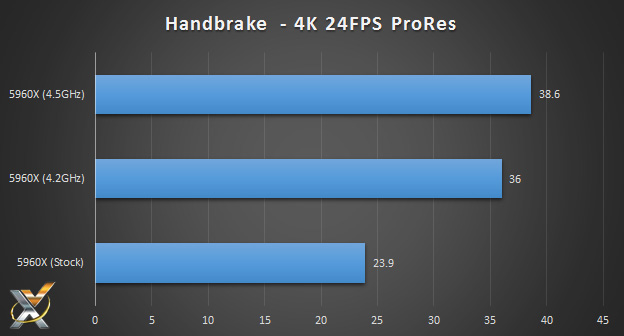 Here we can see that overclocking our CPU definitely improves performance a lot in video encoding as we’re able to grab over 30% more performance over stock in our 1080p test. That being said, all three configurations perform excellently.
Here we can see that overclocking our CPU definitely improves performance a lot in video encoding as we’re able to grab over 30% more performance over stock in our 1080p test. That being said, all three configurations perform excellently.
Review Overview
Performance
Power Consumption
Price
Warranty
Innovative!
With the Core i7 5960X, Intel has beat their only competition in a market they dominate; themselves. It is easily the fastest desktop consumer processor on the market today.
 Technology X Tomorrow's Technology Today!
Technology X Tomorrow's Technology Today!

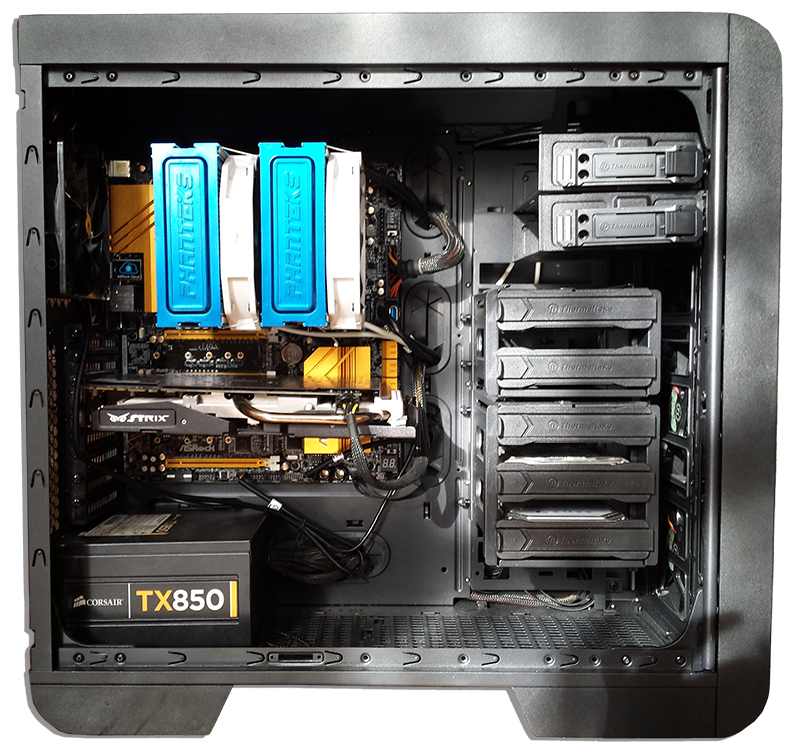
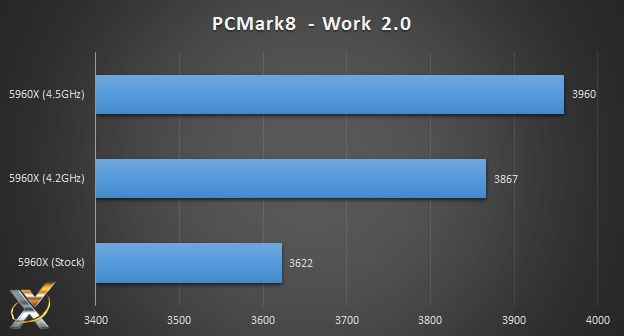
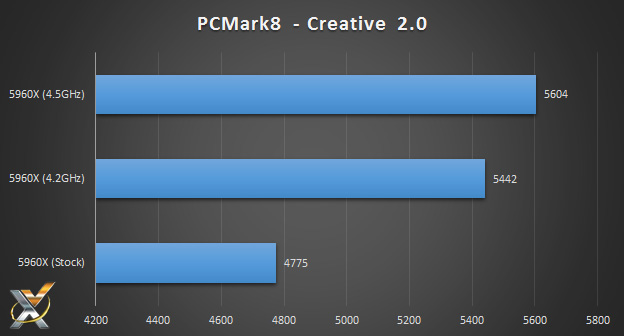
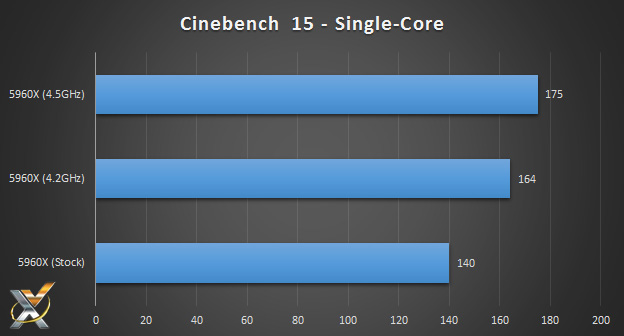
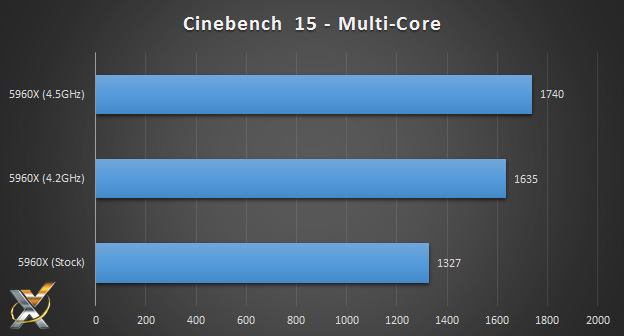
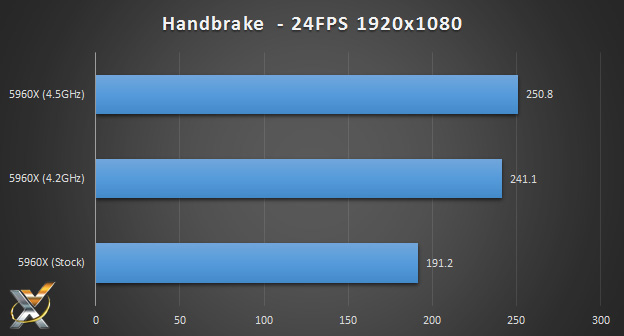
Maybe Santa will send me one..lol